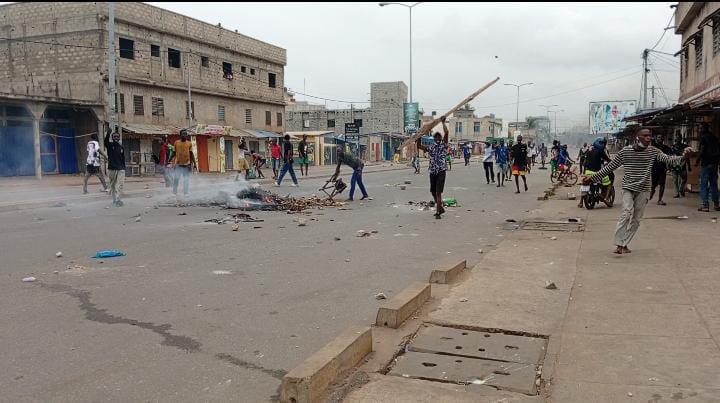Togo: Dozens injured and seven reported dead amid weekend anti‑government protests

A wave of youth-led civic actions and online advocacy triggered large-scale anti-government protests in Togo over the past weekend. Demonstrations, demanding the release of political detainees and the resignation of President Faure Gnassingbé—now serving as President of the Council of State Ministers—turned violent in Lomé.
While what started peacefully soon escalated: security forces deployed tear gas and protesters responded with stones and other projectiles. Intense clashes erupted in opposition strongholds like Bè, where eyewitnesses describe parts of the city descending into “virtual war zones.” Authorities reportedly pursued demonstrators into residential areas using tear gas and force.
Although official numbers remain unconfirmed, local media and human rights organizations report that seven people lost their lives, and dozens were injured, many of them seriously .
On Sunday, Togo’s National Platform for Civic Space and Development Effectiveness—a coalition of 23 civil society groups—condemned what it termed “disproportionate use of force against peaceful demonstrators.” The coalition demanded an immediate, independent investigation into the crackdown, emphasizing:
“Peaceful protest is a fundamental right, recognised both by the Togolese Constitution and by international instruments ratified by our country” .
In response, the government released a statement late on June 29 blaming overseas-based organizers for “disinformation, hatred, violence, incivility, and civil disobedience,” and warning of legal repercussions. Togo has banned public demonstrations since 2022 on the grounds of “security concerns.” The government reiterated that this ban remains in place .
By Sunday, a tense calm had returned to Lomé. Commerce resumed, with markets such as Assigamé Central Market reopening after days of halt.